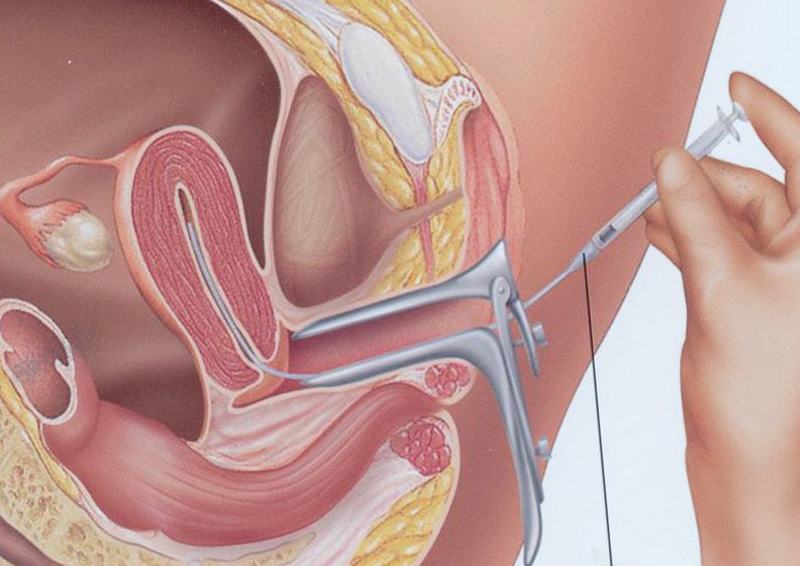ICSI
ICSI is the short form for Intra Cytoplasmic Sperm Injection. It means injection of a sperm into n aegg (ovum).
Read moreIUI
IUI is the short form for Intra Uterine Insemination. It means introduction of actively motile sperms obtained from husband’s semen sample into the wife’s uterus.
Read moreIVF
IVF is the short form for In–vitro Fertilization. It means bringing together eggs and sperms in a laboratory environment to achieve fertilization.
Read moreWhat is IUI?

IUI is the short form for Intra Uterine Insemination. It means introduction of actively motile sperms obtained from husband’s semen sample into the wife’s uterus.
When is it necessary?
This treatment is for those sub fertile couple in whom natural efforts and at times treatment with simple medications alone have not resulted in a pregnancy. It is advised to those with unexplained subfertility, mild endometriosis, mild male factor problem, and PCOS. Prior to IUI it is essential to confirm that fallopian tubes are healthy and open.
How is it done?
The basis for the treatment is to produce 1-3 eggs. This is achieved by either by taking some tablets from the second or third day of the cycle for five days or by taking daily injections for about 10-12 days. When injections are used, a second type of injections may also be added to prevent an early rupture of the follicles.
The response is monitored by doing ultrasound scans regularly and at times with blood tests. The eggs cannot be directly seen on the scan. But the follicles in which they grow are seen easily. Once they reach the appropriate size, another injection (HCG) is given to mature the eggs.
Approximately 34 hours later, husband will be advised to provide a semen sample. This is processed to separate the live and healthy sperms from the seminal fluid and unhealthy sperms and incubated with culture media for an hour.
Once the sample is prepared, it is introduced into the wife’s uterus using a fine catheter. This procedure is not painful, and does not require anaesthesia. It does not require admission to the hospital and you can resume your routine activities soon afterwards.
The results are known approximately 15 days from the day of IUI.
What precautions should be taken following the IUI?
You may be advised to take some tablets for the following two weeks. You can continue doing your routine and do not have to take complete bed rest.
What is the success rate of IUI?
The success rate varies depending on the reason it is being done and the age of the woman going through the treatment. It is generally about 12% per cycle, when tablets are used for helping the development of eggs; and about 25–28% when daily injections are used.
If you wish to obtain more information or discuss anything in detail, please do not hesitate. You can directly come to the clinic or take an appointment by phoning us on 0231 2527765 / 2520269. This should avoid any undue waiting before consultation.